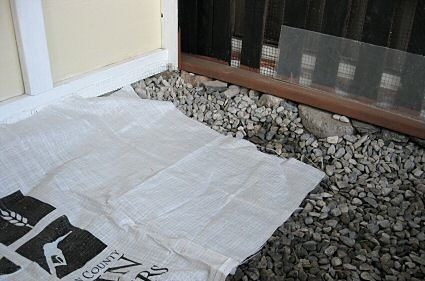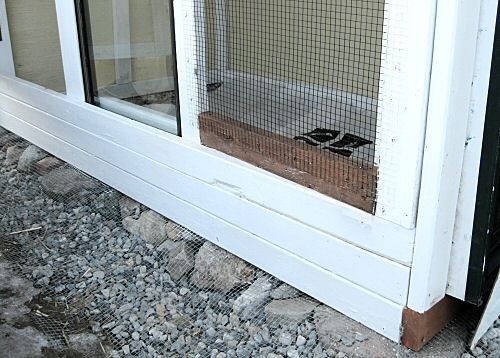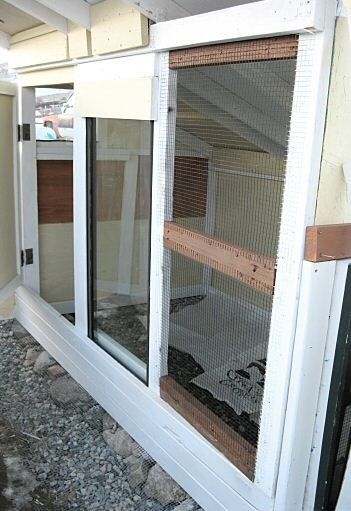I've read some threads on this and am looking for input from those who have built a foundation of sand. It seems there have been people who put gravel down as a first layer, but then regretted it as the chickens seemed to dig it up. But would that be because the sand layer wasn't deep enough?
Several questions are going through my mind.
Overall depth of sand area? 6", 16"?
Use gravel at the base with a very deep sand layer?
Type of sand? (reading another thread, this seems to have a few opinions?)
Frame in with treated wood as you would fence posts?
I'm looking to make this the summer project. I'm also looking to do it right so it lasts....as in overkill do it right. I'm not one to cut corners.
Any ideas, thoughts, experiences are welcome!
Several questions are going through my mind.
Overall depth of sand area? 6", 16"?
Use gravel at the base with a very deep sand layer?
Type of sand? (reading another thread, this seems to have a few opinions?)
Frame in with treated wood as you would fence posts?
I'm looking to make this the summer project. I'm also looking to do it right so it lasts....as in overkill do it right. I'm not one to cut corners.
Any ideas, thoughts, experiences are welcome!
Last edited:





